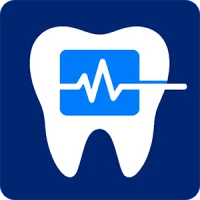
Dental Blog
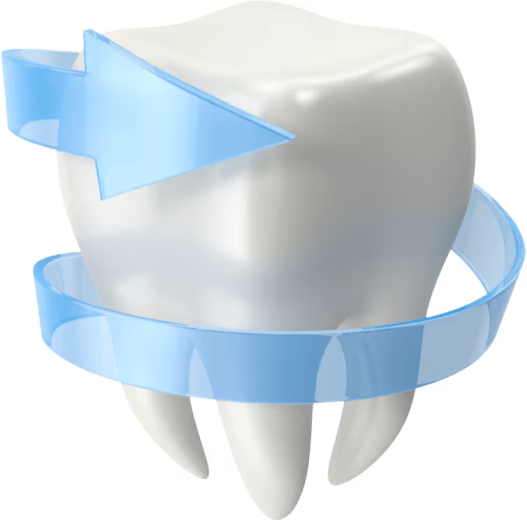

Resources for Dentists
Dive deep into helpful guides and in-depth information about:

Your Resource for Dentistry Insights
Sedation dentistry is evolving. Regulations change, compliance requirements grow, and practices need tools to stay ahead. The Sedate Dentistry Blog is here to help you learn, adapt, and succeed with resources built for dentists, oral surgeons, and office managers.

Explore Topics That Matter

Sedation Dentistry
Learn about sedation dentistry's best practices, compliance tips, and case studies.

Patient Vitals Monitoring
Device integrations, patient monitoring, and technology insights.

Patient Forms & Experience
Intake forms, digital consent, and patient-focused workflows and user experience.

Dental Practice Growth
Grow your dental practice with in depth guides, tutorials, and software reviews.
Recent Guides for Dentists
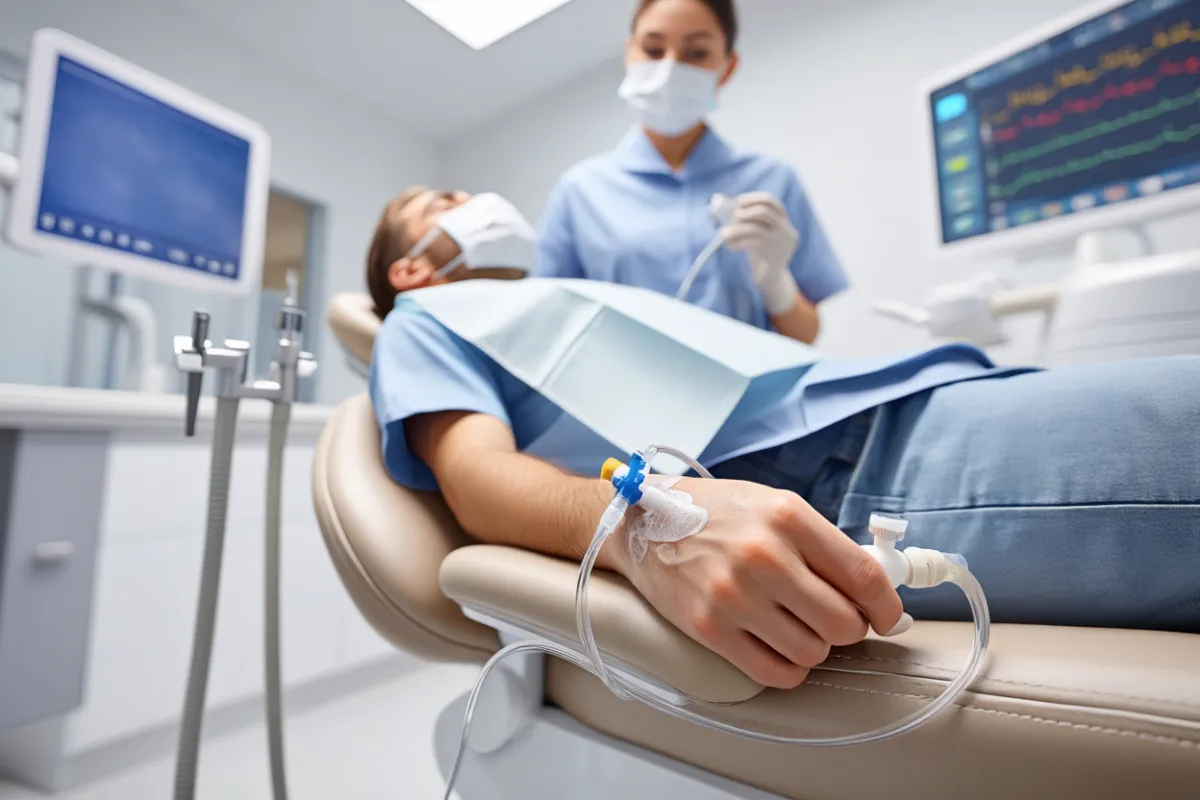
What Is IV Sedation in Dentistry? Process, Risks & Benefits
IV sedation gives dental teams minute-to-minute control over comfort and memory while patients keep protective reflexes at moderate levels. This guide explains what IV sedation is, who it’s for, how the appointment actually flows, the real risks and how they’re managed, and the documentation standards that keep your records audit-ready from baseline to discharge.
Table of Contents
What Is IV Sedation in Dentistry? Process, Risks & Benefits
What IV sedation is and why dentists use it
Who is a good candidate for IV sedation
What patients actually gain from IV sedation
What the real risks are (and how teams mitigate them)
How IV sedation compares to oral sedation and nitrous
What the day actually looks like for an IV sedation visit
Pre-op intake and safety checks
Maintenance with interval cadence and “extra entries”
Recovery and objective discharge
How teams decide on medications without overcomplicating it
How monitoring keeps you ahead of events
How to talk about fasting, escorts, and what the patient will feel
How documentation makes your chart defend itself
Frequently asked questions patients actually ask
How long will it take to feel normal?
How practices implement IV sedation without slowing production
IV sedation dentistry uses titratable medications delivered through a vein so clinicians can adjust depth quickly to match stimulation. This article outlines indications, eligibility, benefits vs. risks, monitoring requirements, and a step-by-step walkthrough of the visit—paired with practical documentation tips in IV sedation charting software and Sedation visit record software.
What IV sedation is and why dentists use it
IV sedation is a controllable, titratable sedation technique that reduces anxiety, limits memory of the procedure, and lets providers respond to stimulation in seconds. Practices choose IV when oral pills are too slow or unpredictable and when nitrous alone won’t cover longer, more stimulating procedures.
Who is a good candidate for IV sedation
Candidacy balances medical status, airway, procedure, and support at home. Patients in ASA I–II typically qualify; ASA III demands careful planning and, sometimes, consultation. Airway factors like Mallampati score, BMI, neck mobility, and OSA history affect risk. Procedure length and stimulation level matter, as does confirming a responsible adult escort for recovery.
What patients actually gain from IV sedation
IV sedation’s benefits show up in comfort and control. Rapid onset helps match depth to injections, luxation, or instrumentation. Amnestic effects reduce traumatic recall. Recovery is predictable when dosing and monitoring are documented live in minute‑by‑minute IV charting. Patients complete more dentistry in fewer visits because anxiety stops driving the schedule.
What the real risks are (and how teams mitigate them)
Risks include hypoventilation, airway obstruction, oxygen desaturation, hypotension or brady/tachycardia, paradoxical reactions, nausea/vomiting, and IV site issues. Teams mitigate risk through careful screening, continuous monitoring (SpO₂, HR, NIBP, ETCO₂), trained staff, ready access to reversals, and objective discharge criteria enforced in Dental sedation compliance.
How IV sedation compares to oral sedation and nitrous
Comparison clarifies expectations during case acceptance. Use this table in consults.
What the day actually looks like for an IV sedation visit
Patients do best when the team follows a predictable, visible sequence from check-in to discharge.
Pre-op intake and safety checks
Teams verify medical history, medications (including herbals), allergies, NPO status, and escort. Two sets of baseline vitals establish trend. Reversals are confirmed present and in date. Devices connect and signals are validated via Patient Vitals Monitor Integrations.
Induction and early titration
Clinicians start small, titrating to effect while the Recorder logs medication name, concentration (mg/mL), route, exact dose, time, indication, immediate response, and running totals live in digital sedation visit records. Pre-oxygenation and airway positioning are documented as performed.
Maintenance with interval cadence and “extra entries”
The Monitor Tech calls out vitals on a five-minute cadence for IV cases, adding “extra entries” when stimulation spikes or alarms sound. Capnography trends guide airway maneuvers before SpO₂ dips. When nitrous supplements IV for anxiolysis, teams document start, range, peak % with duration, and O₂ flush in one compact block.
Recovery and objective discharge
Recovery vitals stabilize, orientation returns, ambulation is assessed, nausea/pain are controlled, fluids are tolerated when indicated, and the escort is briefed—all enforced as required fields in compliance checklists for sedation.
How teams decide on medications without overcomplicating it
Dentists build plans from a short list. Midazolam provides anxiolysis and amnesia; opioid adjuncts like fentanyl blunt painful spikes; dissociatives like ketamine preserve airway reflexes in selected scenarios; propofol is reserved for deep sedation with additional credentials and equipment; dexmedetomidine can smooth longer, lower-stimulation cases. For a medication-focused deep dive, see "What Drug Is Used for IV Sedation in Dentistry?".
How monitoring keeps you ahead of events
Monitoring is early warning, not paperwork. Continuous SpO₂ and HR, interval NIBP, and capnography give the earliest signal of hypoventilation or obstruction. Streaming vitals reduce transcription so the Recorder can focus on doses and events. For practical standards, see IV Sedation Monitoring: Compliance and Safety Standards.
How to talk about fasting, escorts, and what the patient will feel
Patients follow instructions when explanations are clear and human. The day before, teams confirm NPO specifics per policy, remind about loose sleeves for IV access, and restate the escort requirement. Most patients feel drowsy, relaxed, and often have little memory; they should plan a quiet, supervised rest afterward.
How documentation makes your chart defend itself
Records are credible when they read like the room felt. The “eight-field sentence” keeps dose entries uniform: medication name and concentration (mg/mL), route, exact dose, time, indication, response, running total. That same structure lives in IV sedation documentation, so the end-of-case note is a two-minute summary instead of a reconstruction.
Frequently asked questions patients actually ask
Clear, consistent answers reduce cancellations and callbacks.
Will I be asleep?
You’ll be deeply relaxed and may nap, but you’ll breathe on your own and respond to cues unless a deeper plan is indicated and permitted.
Is IV sedation safe?
With proper screening, monitoring, trained staff, and objective discharge criteria, IV sedation is very safe for eligible patients.
How long will it take to feel normal?
Effects wear off predictably; you’ll feel drowsy for several hours and need supervision at home.
Why not just use a pill?
Oral sedation helps some patients, but IV lets us adjust in real time to match stimulation.
Can I add nitrous?
Yes, some cases pair nitrous with IV; it’s documented as dose-over-time in one block for clarity.
How practices implement IV sedation without slowing production
Change sticks when the software reflects the day you actually live. Required dose fields, timer-driven intervals, compact nitrous logging, and objective discharge criteria remove rework rather than add clicks. Practices route devices through Patient Vitals Monitor Integrations, keep policy language versioned inside sedation compliance software, and anchor the visit on one screen in paperless sedation visit logs. For pricing and rollout planning, see Plans & Pricing.
Where to read next in this IV sedation series
If you’re comparing modalities, start with "IV Sedation Dentistry: Risks, Benefits & Eligibility". If you’re choosing medications, read "What Drug Is Used for IV Sedation in Dentistry?". If you’re setting monitoring rules, use "IV Sedation Monitoring: Compliance and Safety Standards" for interval cadence and event patterns.
Bottom line
IV sedation dentistry delivers controllable comfort when teams pair careful screening with disciplined monitoring and real-time documentation. With one screen for the whole visit, device feeds that eliminate transcription, and objective discharge that enforces itself, rooms feel calmer, patients feel safer, and your charts tell the story without after-hours edits.
Next Steps
Book a Free Demo to see how Sedate Dentistry’s Digital Sedation Visit Records Software can streamline and replace paper sedation visit records—saving time, money, and increasing compliance while reducing liability and improving the quality of patient records.
Ready to modernize your sedation documentation? Book a Free Demo now.

Stay Ahead of the Curve
Benefits of Following Our Blog
Learn compliance best practices.
Discover new sedation software features.
Get expert tips for improving patient care.
See how practices are switching from paper or competitors like Xchart.

Learn More About Sedate Dentistry?
Request a software demo today. See how we can digitalize your sedation visit records.
Simple Pricing, No Hidden Fees
No limits on Procedures or Patients (additional fees for additional offices and dentists)
Testimonials
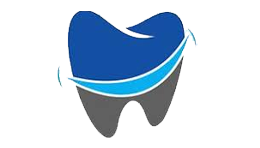
SmileRight Dentistry
Here's Sedate Dentistry Software in a nutshell. Time Saver. Money Saver. Easy to use. Amazing support. End of story.
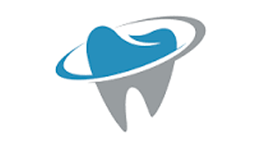
DentalClean
We learned about Sedate Dentistry from one of their other sister companies Edental. We switched from Xchart and this app works great.
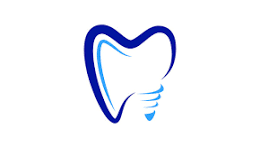
Metro Dentistry
The team at Sedate Dentistry has been amazing, especially Josh who helped integrate into our Edan X10. Much better than Xchart and a fraction of the price.
Contact Us
Contact Us
3165 West 4700 South, Suite A, Taylorsville Utah 84129



















